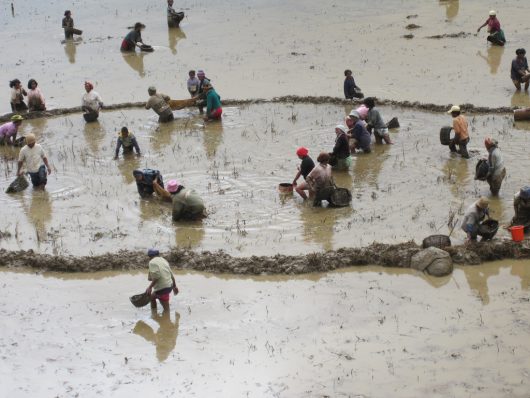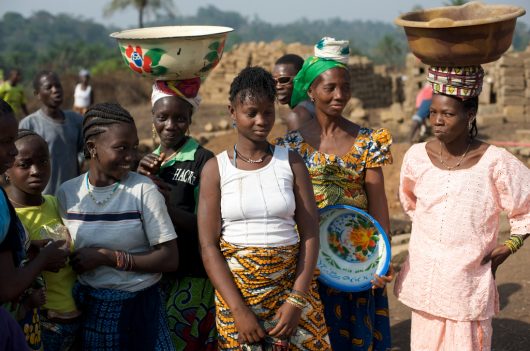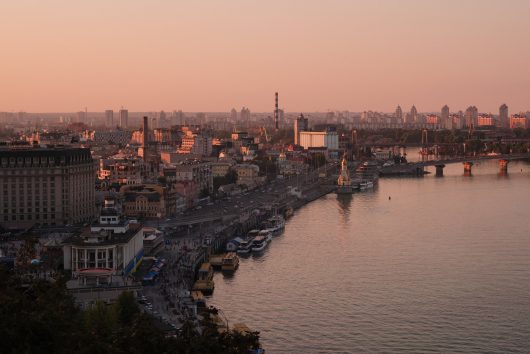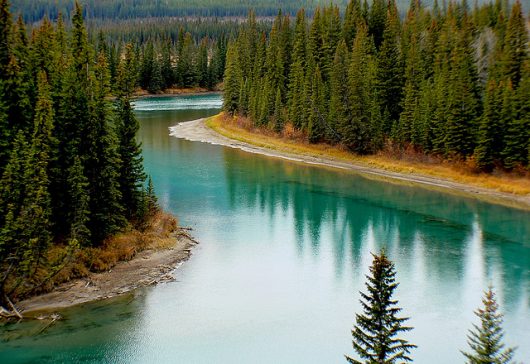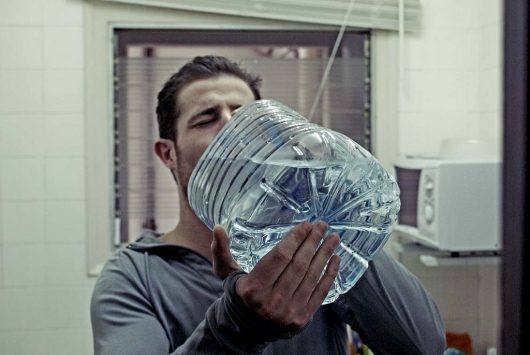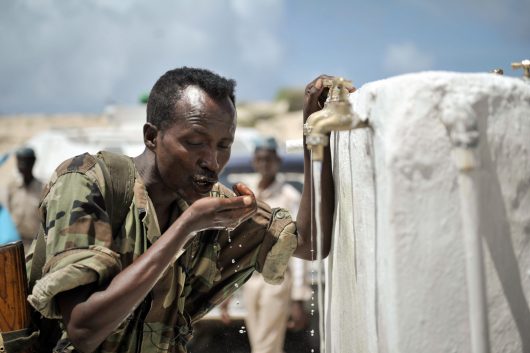
Take a moment to imagine waking up in the morning, and instead of reaching for the faucet or filtered system you may use for water, you reach for a bulky jar and begin the trek to fill it with water. Imagine filling that jar until it weighs more than 40 pounds and carrying it for miles to bring home. For millions of women living in poverty, this is a daily routine. More than 600 million people worldwide, most of whom live in sub-Saharan Africa, still lack access to clean water. Stella Artois is partnering with water.org through the Buy a Lady a Drink campaign to bring clean water to those still living without it.
To raise money for clean water, Stella Artois is selling limited-edition chalices. The chalices feature artwork from countries like Brazil, Cambodia and Uganda. Only $6.25 from each sale is needed to provide clean water for five years. So far, the Buy a Lady a Drink campaign has helped provide 800,000 people in the developing world with clean water.
For women like Anita, in developing countries, the Buy a Lady a Drink campaign offers much more than clean water — it creates opportunity. Since Anita no longer has to waste precious time collecting water, she is able to contribute to the family business and grow crops for the household. In addition, her children have hope for a better future as they are able to attend school instead of waiting in line for water.
Although the Millennium Development Goal to halve the proportion of people without access to clean water has been reached, there are still millions of people living without easy access to this precious and essential resource. Through the Buy a Lady a Drink campaign, Stella Artois is bringing not only clean water to needy communities, but hope for building a better future.
– Rebecca Yu
Photo: Flickr
